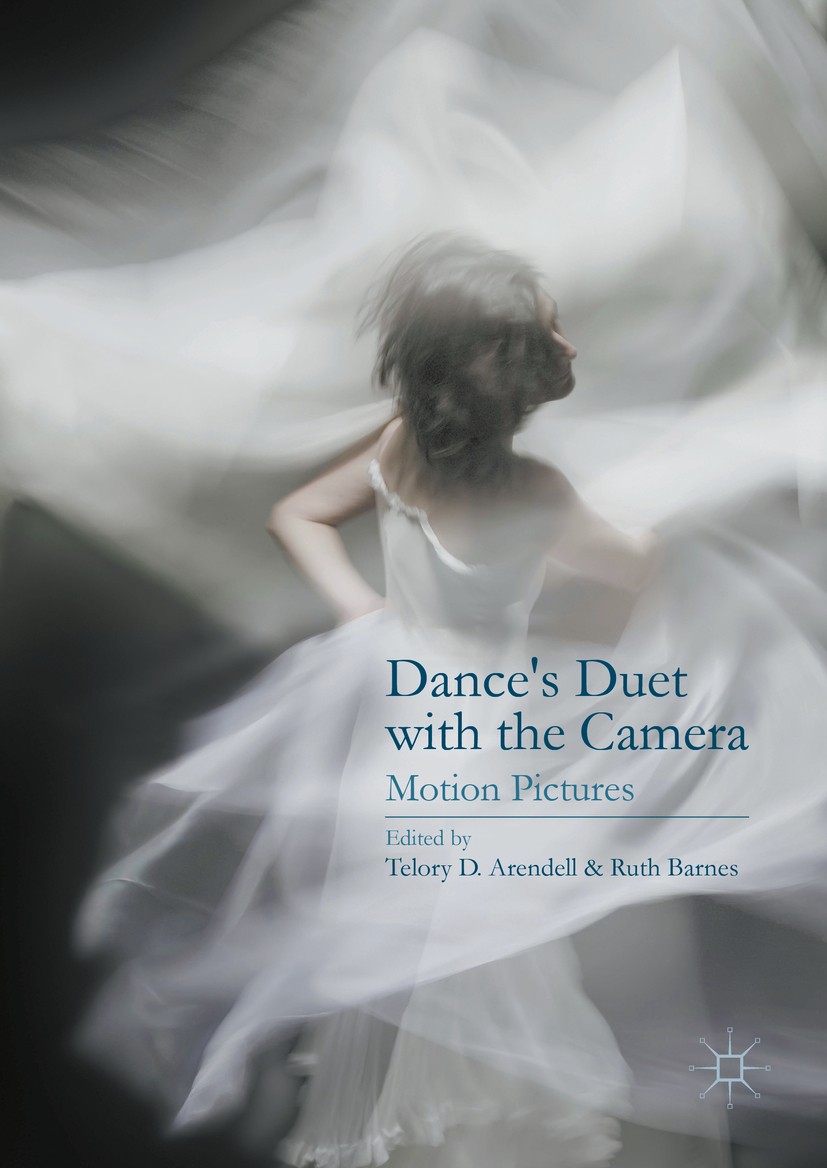| 书目名称 | Dance’s Duet with the Camera |
| 副标题 | Motion Pictures |
| 编辑 | Telory D. Arendell,Ruth Barnes |
| 视频video | http://file.papertrans.cn/261/260371/260371.mp4 |
| 图书封面 |  |
| 描述 | .Dance’s Duet with the Camera: Motion Pictures. is a collection of essays written by various authors on the relationship between live dance and film. Chapters cover a range of topics that explore dance film, contemporary dance with film on stage, dance as an ideal medium to be captured by 3D images and videodance as kin to site-specific choreography. This book explores the ways in which early practitioners such as Loïe Fuller and Maya Deren began a conversation between media that has continued to evolve and yet still retains certain unanswered questions. Methodology for this conversation includes dance historical approaches as well as mechanical considerations. The camera is a partner, a disembodied portion of self that looks in order to reflect on, to mirror, or to presage movement. This conversation includes issues of sexuality, race, and mixed ability. Bodies and lenses share equal billing.. . . |
| 出版日期 | Book 2016 |
| 关键词 | performance; camera; film; screen; movement; media; contemporary; technology; identity; videodance; site-speci |
| 版次 | 1 |
| doi | https://doi.org/10.1057/978-1-137-59610-9 |
| isbn_softcover | 978-1-349-95551-0 |
| isbn_ebook | 978-1-137-59610-9 |
| copyright | The Editor(s) (if applicable) and The Author(s) 2016 |
 |Archiver|手机版|小黑屋|
派博传思国际
( 京公网安备110108008328)
GMT+8, 2026-1-3 07:38
|Archiver|手机版|小黑屋|
派博传思国际
( 京公网安备110108008328)
GMT+8, 2026-1-3 07:38


